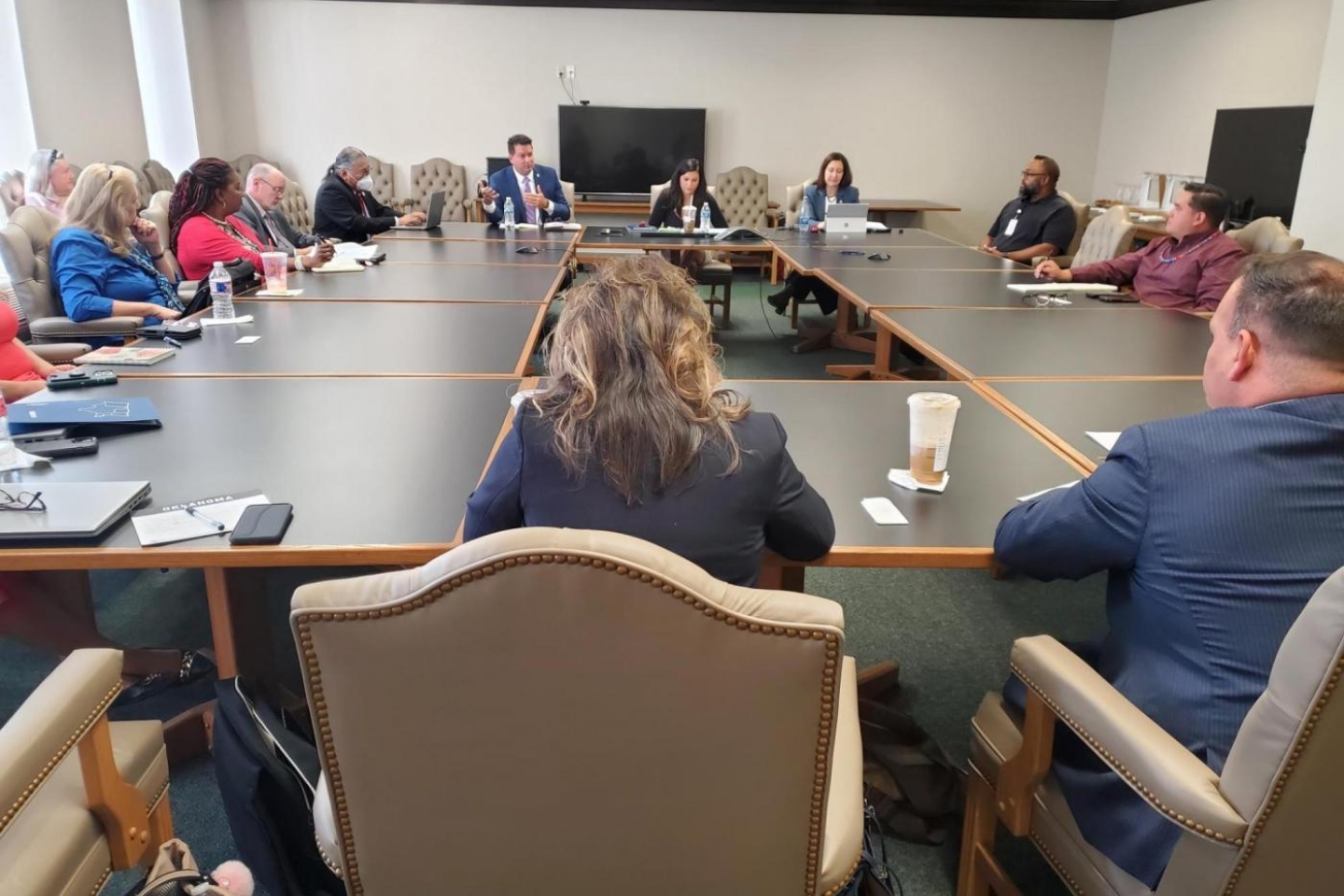The State of Homelessness: Why I Feel Hope Amid Crisis After Traveling Around the Country
I have an amazing job. I have both the honor and the responsibility of leading a federal agency committed to a singular purpose—to end homelessness in the United States. One of the most rewarding parts of my job is that I get to spend time in communities speaking with and listening to the people my agency seeks to help, so their experience and wisdom can guide our work.
I meet with people experiencing homelessness, outreach workers and providers, faith leaders and business owners, and with mayors, governors, and other elected officials. While they may have different perspectives and priorities, they all share one common goal: to live in a community—and a country—where everyone has a home.
Over the past few months, I have traveled to many places across the country—from California, Oklahoma, and Maryland to Texas, Washington state, and Alabama. And what I have seen is that the picture of homelessness in the U.S. is mixed as we emerge from the last two-and-a-half years of a pandemic and economic upheaval.
In many communities, homelessness is rising and becoming more visible. This is in large part due to tight housing markets, increased rental costs, and wages that are struggling to keep up. But the blame is often misplaced on the people sleeping outside who have nowhere else to go and who have been failed by the systems that are supposed to help them.
As homelessness increases and becomes more visible, many communities are clearing encampments—and all too often without connecting the people living in them to housing and services. Some states and cities are passing ineffective and inhumane laws that make it illegal to be homeless and exacerbate the revolving door between jail and homelessness. These “out of sight, out of mind” policies do not solve homelessness.
Far too many people are not only struggling to find affordable housing but also facing tremendous barriers to accessing health care, including mental health and substance use treatment. We are witnessing a rapid and troubling rise in homelessness among older Americans, which by some accounts is the fastest-growing segment of the homeless population. Many hard-working people—suddenly unable to afford not just rent but food to survive and gas to get to work—are becoming homeless for the first time, living in their vehicles. They are staying in “safe parking” lots, if their community has one, so they have a place to shower and charge their phones before heading back to work the next day.
All of this points to an urgent public health and humanitarian crisis. At the same time, even during a pandemic, many cities have been able to drive down the number of people experiencing homelessness.
Instead of criminalizing homelessness, these communities—as varied as Houston and Baltimore—have instituted effective, public health-driven strategies that help people access housing and support as quickly as possible, while minimizing negative interactions with law enforcement.
Communities across the country are also reimaging what shelter looks like. They’re using American Rescue Plan funding to convert vacant hotels and motels into temporary shelters or permanent homes for people experiencing homelessness.
At the same time, some leaders in the halls of power and in philanthropic boardrooms are increasing their commitments to eliminate racist, discriminatory policies and to include the real experts on homelessness at decision-making tables: people who have suffered from the trauma of living without a home.
None of these successes would be possible without strong collaboration between city and county governments, housing authorities, nonprofit providers, downtown businesses, the faith community, and the remarkably talented and committed staff of programs working to end homelessness—case managers and outreach workers; doctors, nurses, and social workers; substance use counselors and mental health peer specialists. These essential workers are all too often underpaid and underappreciated. In just the last year, they helped more than 900,000 people escape homelessness, and we need to invest more in the staff and programs that have proven—one person after another, one family after another—that it is possible to end homelessness.
Even in the face of our challenges, I am filled with an unshakeable hope and belief that we can as a nation do better. Despite all the division in our country and in the world, we can come together to create a country where every person has a home.
Want more news like this? Subscribe to the USICH newsletter.
Photo: USICH Executive Director Jeff Olivet, center left, talking to stakeholders in Oklahoma.



